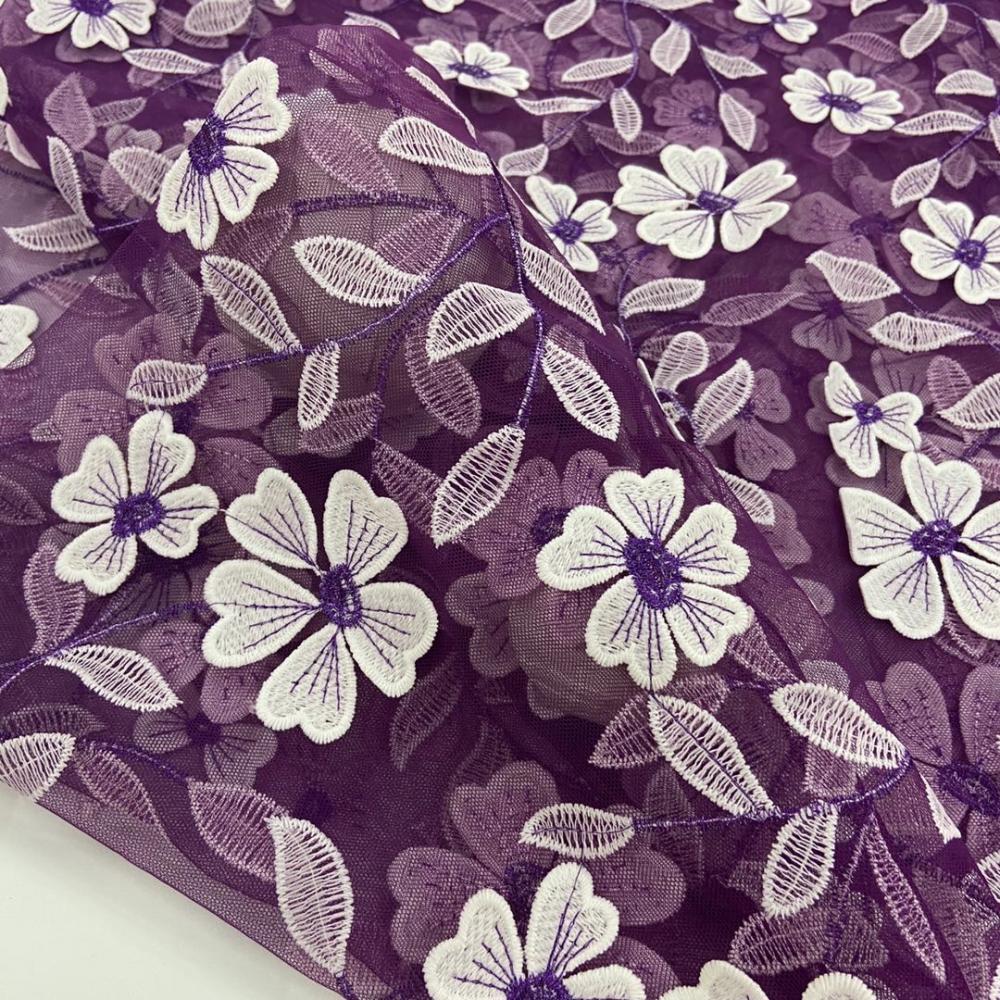Composite material properties, molding methods and applications
Among the composite materials, fiber reinforced materials are the most widely used and used in the largest amount. It is characterized by its low relative density, high specific strength and specific modulus. For example, carbon fiber and epoxy resin composite material, its specific strength and specific modulus are several times larger than aluminum alloy and also has excellent chemical stability, friction and wear resistance, self lubrication, heat resistance, fatigue resistance, resistance Creep, noise reduction, electrical insulation and other properties. The composite of graphite fibers and resin gives a material with a coefficient of expansion of almost zero. Another characteristic of fiber-reinforced materials is anisotropy. Therefore, the arrangement of fibers can be designed according to the strength requirements of different parts of the part. The aluminum matrix composite reinforced with carbon fiber and carbon fiber silicon fiber can maintain sufficient strength and modulus at 500°C. Silicon carbide fiber and titanium composite, not only titanium heat resistance, but also wear resistance, can be used as engine fan blades. The silicon carbide fiber is composited with ceramics and can be used at temperatures up to 1500°C, much higher than the operating temperature (1100°C) of superalloy turbine blades. Carbon-fiber-reinforced carbon, graphite-fiber-reinforced carbon or graphite-fiber-reinforced graphite, constituting ablative materials, have been used in spacecraft, rocket missiles, and nuclear reactors. Due to its low density, non-metal matrix composites can be used in automobiles and airplanes to reduce weight, increase speed, and save energy. A composite sheet spring made of a mixture of carbon fiber and glass fiber has a stiffness and load carrying capacity equivalent to that of a steel sheet spring having a weight more than five times larger.
Second, the formation of composite materials
The method of forming the composite material differs depending on the base material. Resin-based composite materials are molded in many ways, including hand lay-up, injection molding, filament winding, compression molding, pultrusion, tension and pressure molding, diaphragm molding, migration molding, reaction injection molding, flexible film expansion molding, and punching Molding and so on. Metal matrix composite material forming methods are divided into solid phase forming method and liquid phase into criminal law. The former is formed at a temperature below the melting point of the matrix by applying pressure, including diffusion welding, powder metallurgy, hot rolling, hot drawing, hot static pressure, and explosive welding. The latter is to melt the matrix and fill it with reinforcement materials, including traditional casting, vacuum suction casting, vacuum back pressure casting, squeeze casting and spray casting. The molding methods of ceramic matrix composites include solid phase sintering, chemical vapor infiltration and chemical vapor deposition.
Third, the application of composite materials
1. The aerospace field, due to its good thermal stability, high specific strength and specific stiffness, can be used to manufacture aircraft wing and front fuselage, satellite antenna and its supporting structure, solar cell wings and shells, and shells of large launch vehicles. , engine housings, space shuttle structures, etc.
2. Because the composite material has special vibration damping characteristics, it can reduce vibration and noise, has good fatigue resistance, is easy to repair after damage, and is easy to be formed. Therefore, it can be used to weave automobile bodies, force members, transmission shafts and engines. Racks and their internal components.
3, chemical, textile and machinery manufacturing have good corrosion resistance of carbon fiber and resin matrix composite material, can be used to weaving chemical machinery and equipment, textile machinery, paper machinery, copiers, high-speed machine tools, precision instruments.
4. The medical field carbon fiber composite material has excellent mechanical properties and does not absorb X-rays, and can be used to manufacture medical X-ray machines and orthopedic stents. The carbon fiber composite material also has bio-compatibility and blood compatibility, and has good stability in a biological environment and is also used as a biomedical material. In addition, composite materials are also used in the manufacture of sports equipment and construction materials.
There are many kinds of composite materials for textiles, including composite fibers, composite yarns, and composite fabrics.
For more content, please follow this site
3D Multicolor Embroidery Fabric
3D Multicolor Embroidery Fabric which is in soft handfeeling and suitable for children dress.evening party dress .garment dress etc.
S/S 3D Inflorescence Color Combine Embroidery Fabric

Most of these designs are designed by ourselves and you will see that it't very popular and pretty.And it always be shipped to American.European and Turkey etc which is really popular in the market.
3D Rose Fabric,5Mm Sequins Embroidery Fabric,3D Mesh Embroidery Fabric,3D Multicolor Embroidery Fabric
SHAOXING MINGHEE EMBROIDERY CO,LTD , https://www.zjembroideryfabric.com